From Robin Hood’s Sherwood Forest to the headless horsewoman said to haunt Savernake Forest, woodlands have long served as the backdrop for fairytales and ghost stories. From the Brothers Grimm to Hans Christian Andersen, folklorists have long woven stories of mischief and magic in the woods—a mysterious place where giants and goblins roam.
In recent years, amid the stress of the pandemic, a new generation of artists have put a fresh spin on the timeless idea of the “enchanted forest.” Some photographers tapped into the “cottagecore” and “goblincore” trends that took over our social media feeds, while others reimagined classic tales. Many rediscovered hidden gems close to home, spending hours beneath a canopy of trees in local parks and trails.
In autumn, Daniel Rericha chased the fog in the Ore Mountains. In winter, Kilian Schonberger donned his snowshoes, drawing inspiration from the work of George R.R. Martin. In spring, Jovana Rikalo photographed fairytale heroines among the cherry blossoms. In summer, Stefan Hefele explored the lush rainforests of Vancouver Island.
Follow these nine tips to create otherworldly pictures of your own.
Wake up (very) early
Shooting in the morning brings several advantages: first, you’re more likely to encounter foggy conditions following a cold night. Second, you’ll be able to capture those first rays of super-soft sunlight as they filter in through the trees, especially on humid or damp days. You can always use the daylight hours to scout your location and then return to your spot before dawn.
As a bonus, birds and other wildlife are usually active early in the morning, so you might encounter someone unexpected along the way. (Just remember to follow ethical practices when photographing wildlife.) It might take a great deal of patience to capture a photo like this one, but it’s worth it; Lars Van De Goor happened upon this rabbit while chasing the early morning sunlight in springtime.
Watch the forecast
From rainy days to pristine snowfalls, some of the most enchanting moments in nature are also the most fleeting. Keep a calendar, and consider recording key dates for wildflower blooms, autumn leaves, and other seasonal events. Clear and sunny—but foggy—mornings are usually best for capturing light rays, making them a favorite for nature photographers with an eye for the fantastical or ethereal.
Check the forecast regularly throughout your favorite season, and be ready to go at a moment’s notice. Many forest photographers also take daily walks in the woods, either alone or with a canine companion, so they’re already there when the perfect conditions arrive.
Quick tip: If it’s wet, or if you plan to shoot a stream, pond, or small body of water, carry a polariser. This will reduce glare, while also giving those lush greens a vibrancy boost.
Follow the light
The position of the sun will also determine what direction you’re facing. In general, light coming in from the sides or back of your subject is best because it creates depth, while front lighting can result in a flattening effect. That means you’ll usually be moving and facing toward the light (or that general area). Keep an eye out for streams of light and where they fall throughout the day, and be prepared to move as the sun does.
Bring a tripod
Forest photography is a bit of a juggling act, requiring you stay light on your feet and ready to move while also requiring longer shutter speeds to help compensate for low light conditions. For that reason, a lightweight carbon fiber tripod is hard to beat; you can attach it to your backpack without it weighing you down. That’s not to say you can’t shoot handheld; you certainly can and should, but it’s nice to have the option either way.
(Even with a tripod, it helps to be especially mindful of your shutter speed, especially on windy days when the leaves start moving.)
Wait for sunset
Stay out for the sunset, too. Depending on the conditions, you might even be able to catch fog at this time as well, as Daniel Kordon did at the Fanal Forest in Madeira a few years back. “I was fortunate to see the magical fog at my very first sunset,” the artist remembers. “Just after arrival to the airport, I headed to Fanal.”
Explore twilight
As the sun dips below the horizon, you’ll get those moody tones that feel evocative of fantasy stories. Consider scheduling your shoot for the blue hour, or even work into the night, capturing the glow of starlight and moonlight as it reaches across the landscape. Just make sure you’re getting enough light by choosing a more open patch of forest and adjusting your exposure settings as needed.
Look for details
One common complaint among landscape photographers who are newer to forests is that these spaces tend to be overwhelming, defined by overlapping branches and “too much” information. If you encounter this issue, narrow your focus. Find one thing that jumps out to you, and focus your composition around it.
Look for ways to “declutter” the frame: you can do this by selecting a lens with a narrow angle of view, such as a telephoto, or you could shoot with the intention of cropping your photo when you get home.
You can use a shallow depth of field to throw everything but one element nicely out of focus, or you can play with exposure so that parts of the frame fall into darkness while others shine. Another trick is to take advantage of that morning fog, which can have a “smoothing” effect throughout the entire frame.
Stay safe
Be prepared and stay safe out there! If you’re headed somewhere alone, tell a friend where you’re going. Check out the route you plan to take, and assess any risks or obstacles you might face along the way. Stay on any clearly marked trails, both for your safety and the safety of the ecosystem. Bring plenty of water, snacks, and a working GPS. Dress comfortably (long sleeves and pants), and wear layers and sturdy shoes; sunscreen and insect repellent can also be non-negotiable.
Search for locations everywhere
The beauty of forest photography lies in the fact that you can do it almost anywhere, even in an urban park or sanctuary. There will always be famous, iconic landscapes that have been photographed thousands of times, but forest photography is a bit different because it’s all about finding magic in the details others overlook.
When going about your daily life, keep an eye out for interesting trees and locations, and make a note of them. You can also go on dedicated walks or hikes without your camera to take in the scenery and imagine what it might look like under different conditions. You might then return sometime down the road, while the bluebells are in bloom or the mist rolls in.
Not on 500px yet? Sign up here to explore more impactful photography.


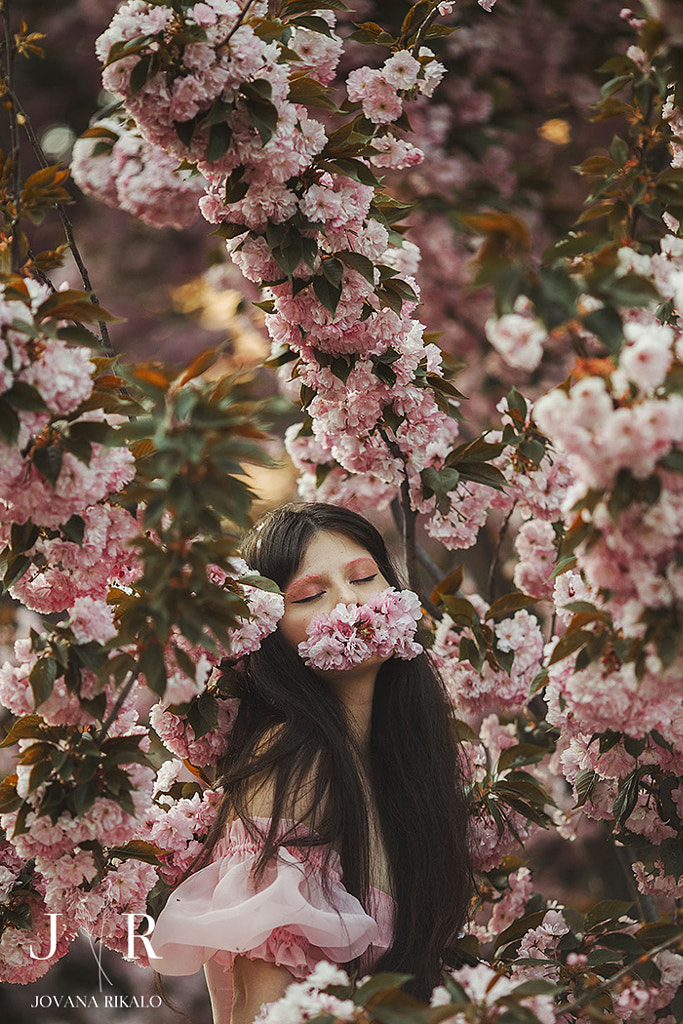
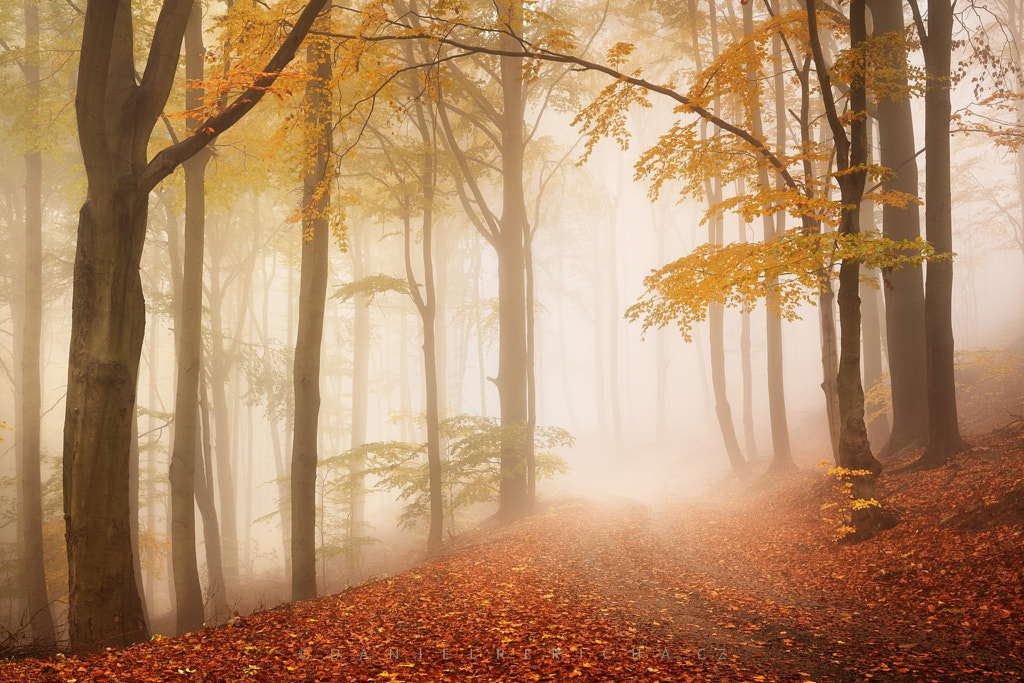
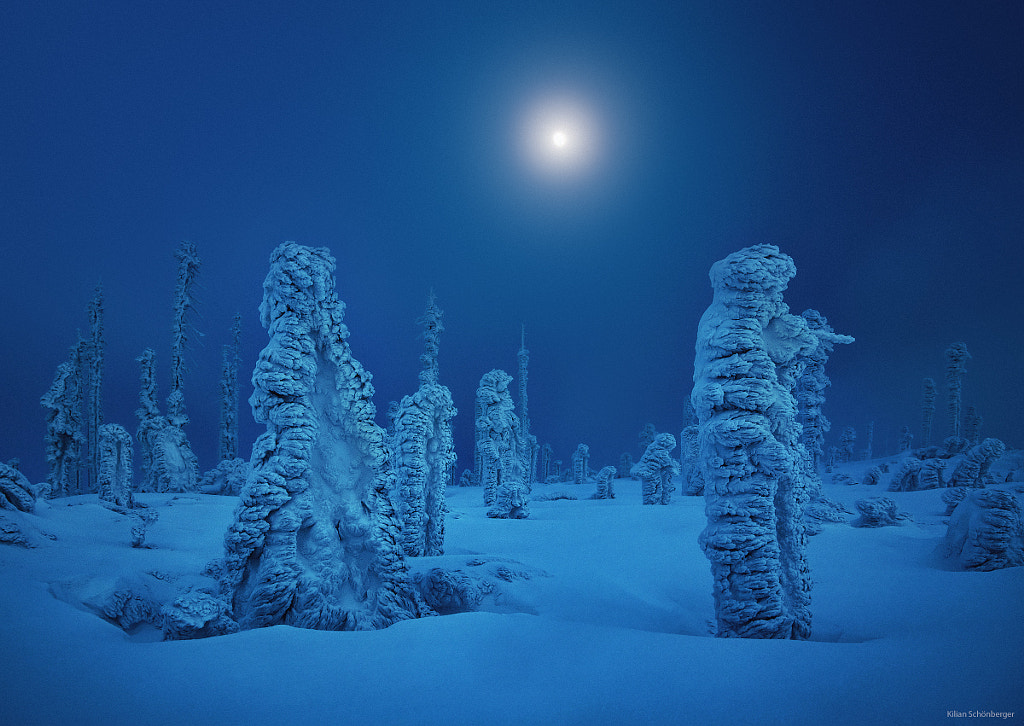
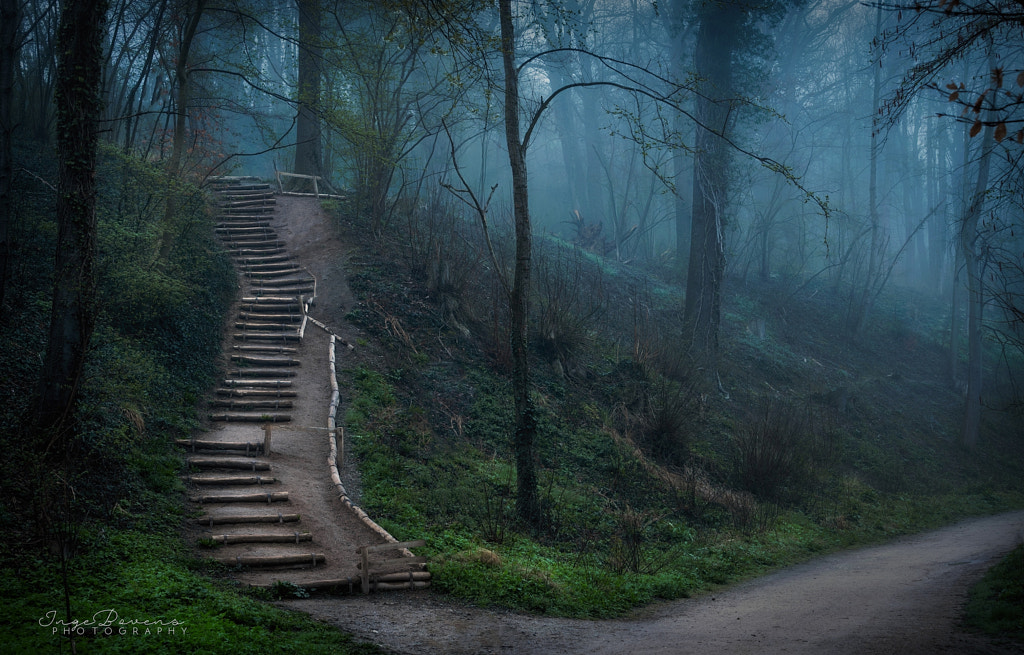
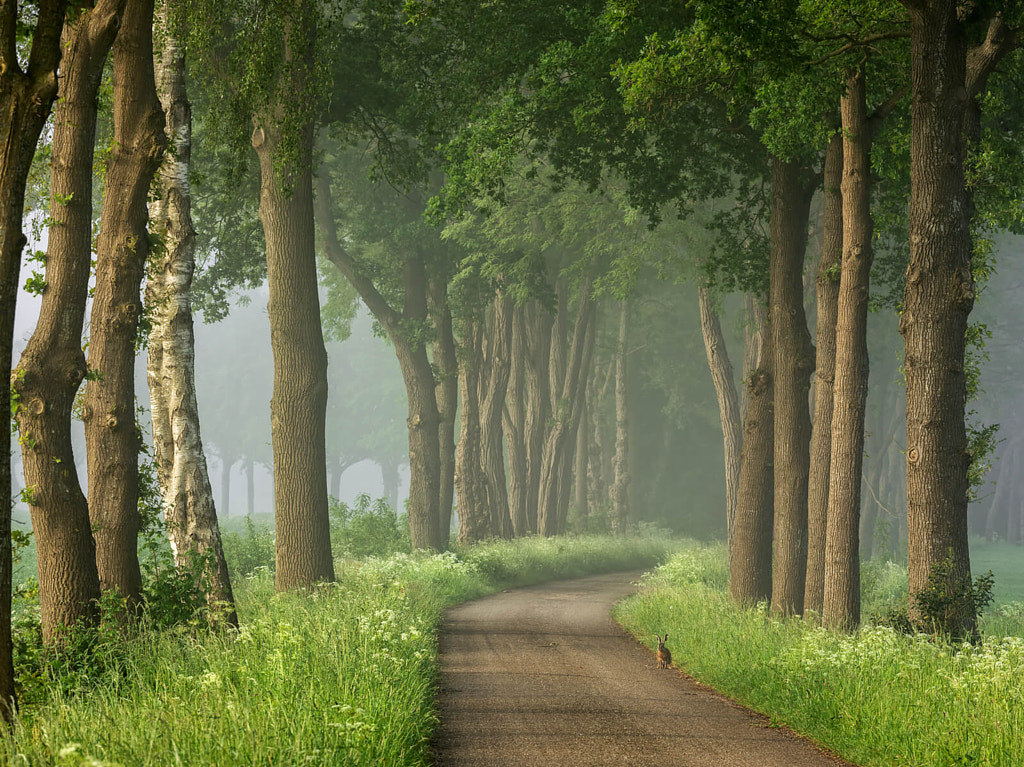
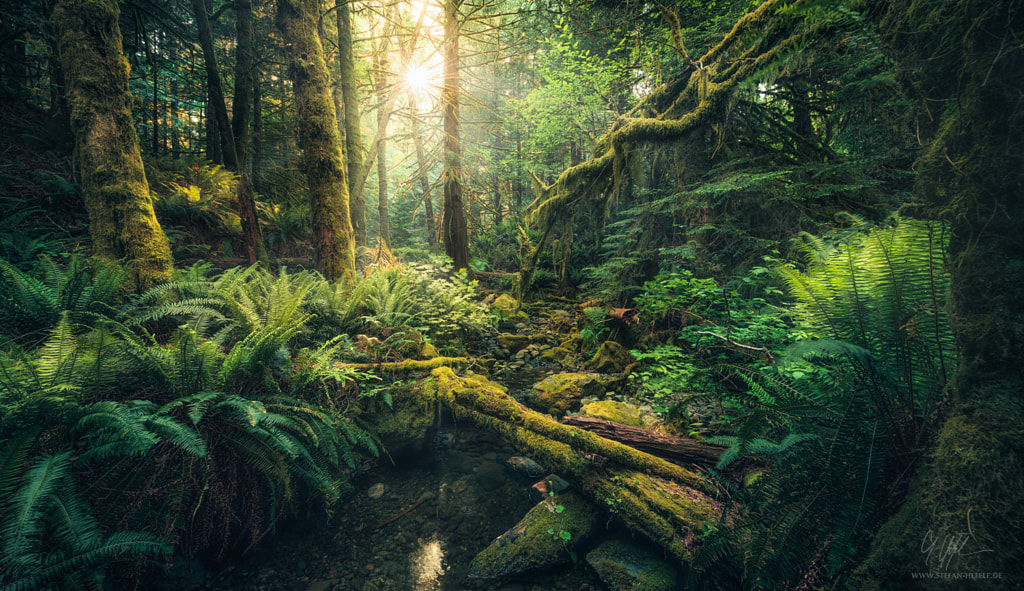
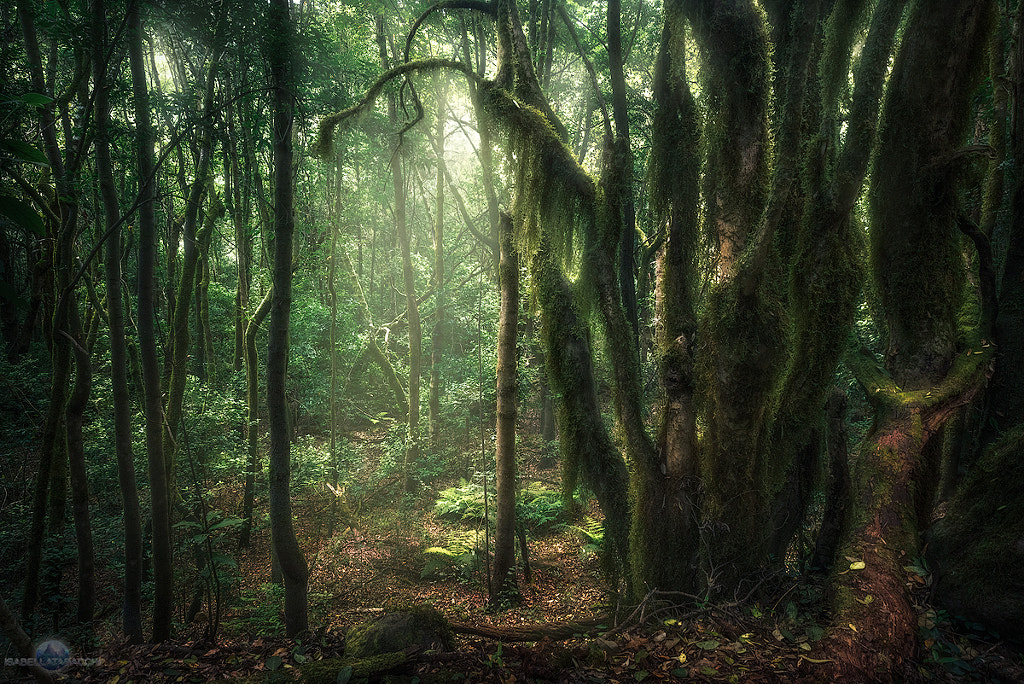

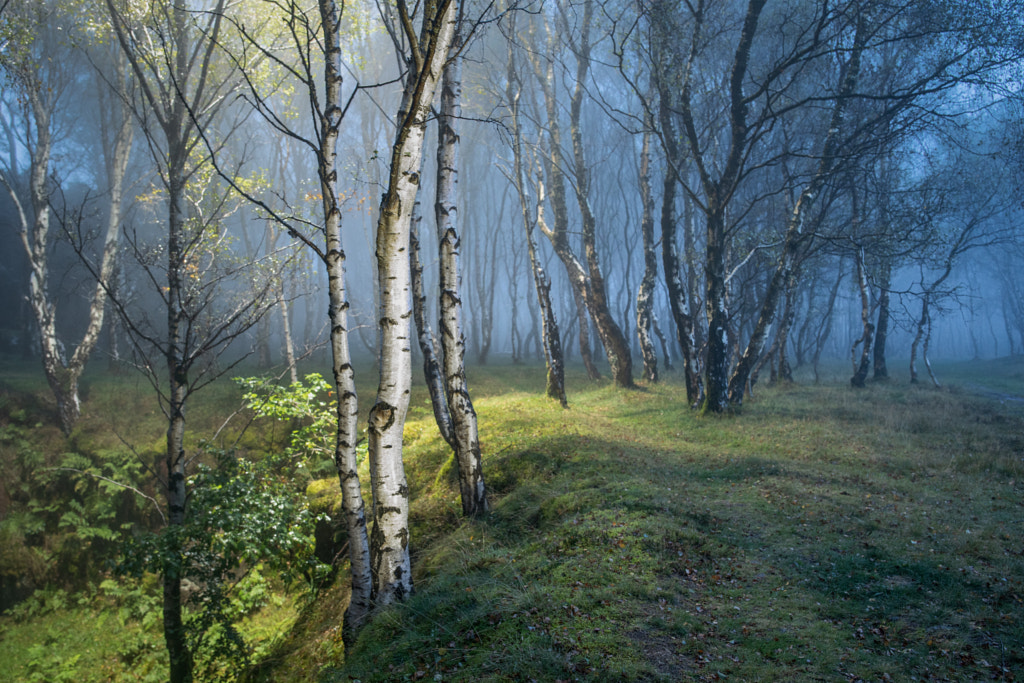
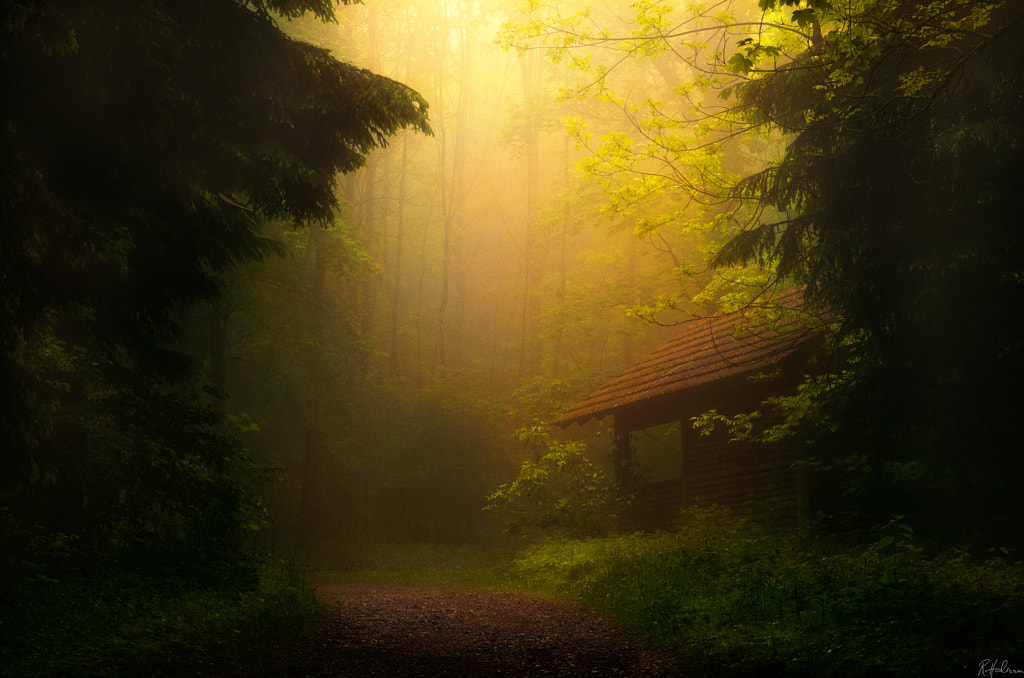
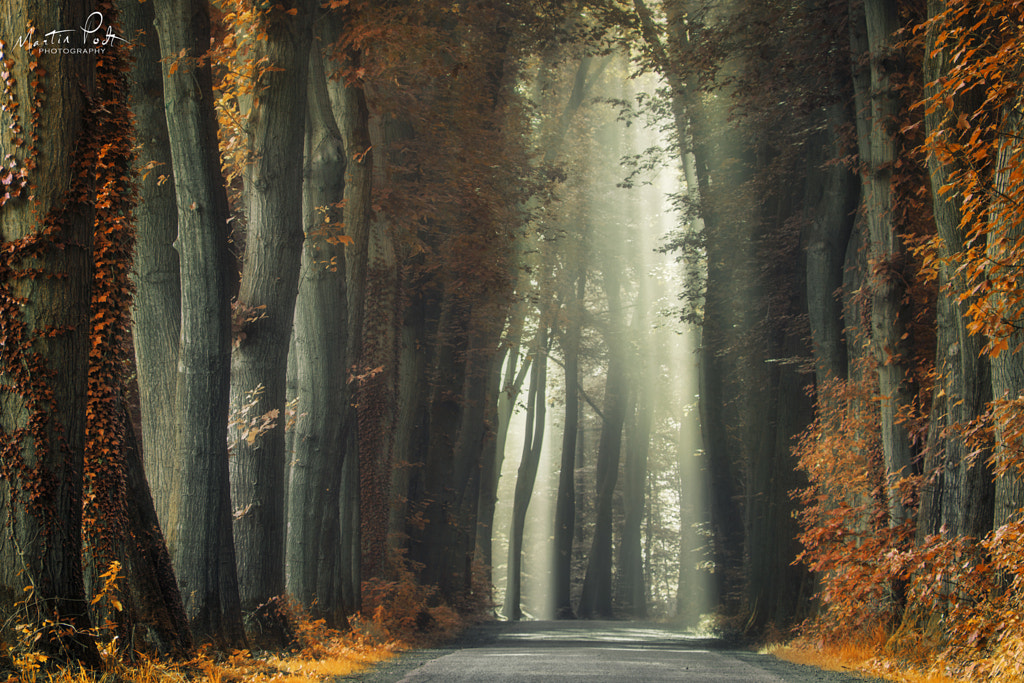
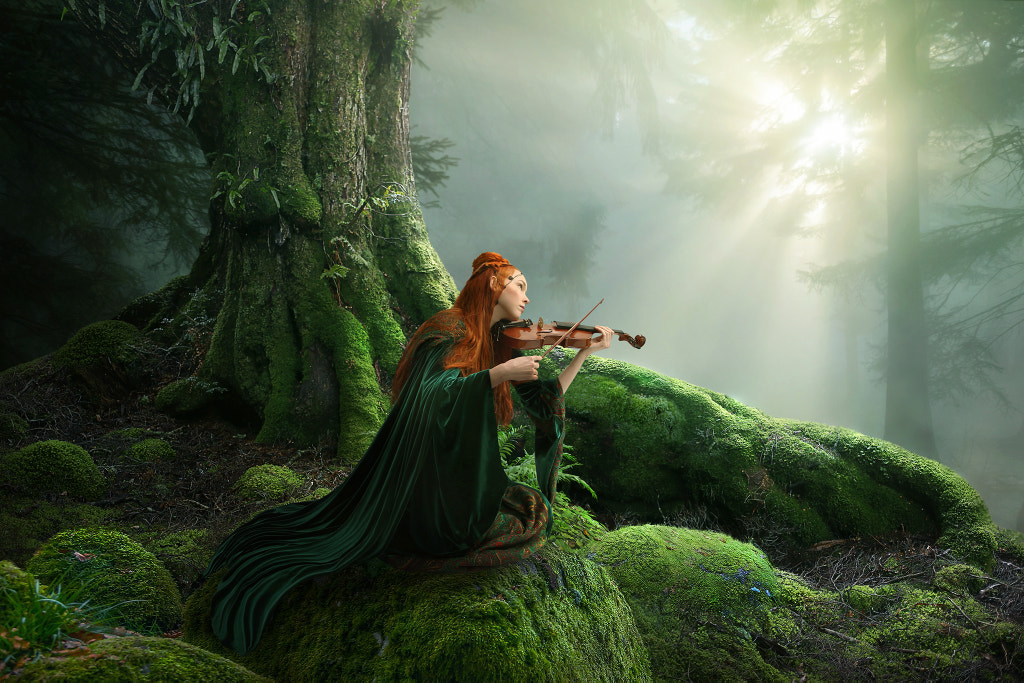

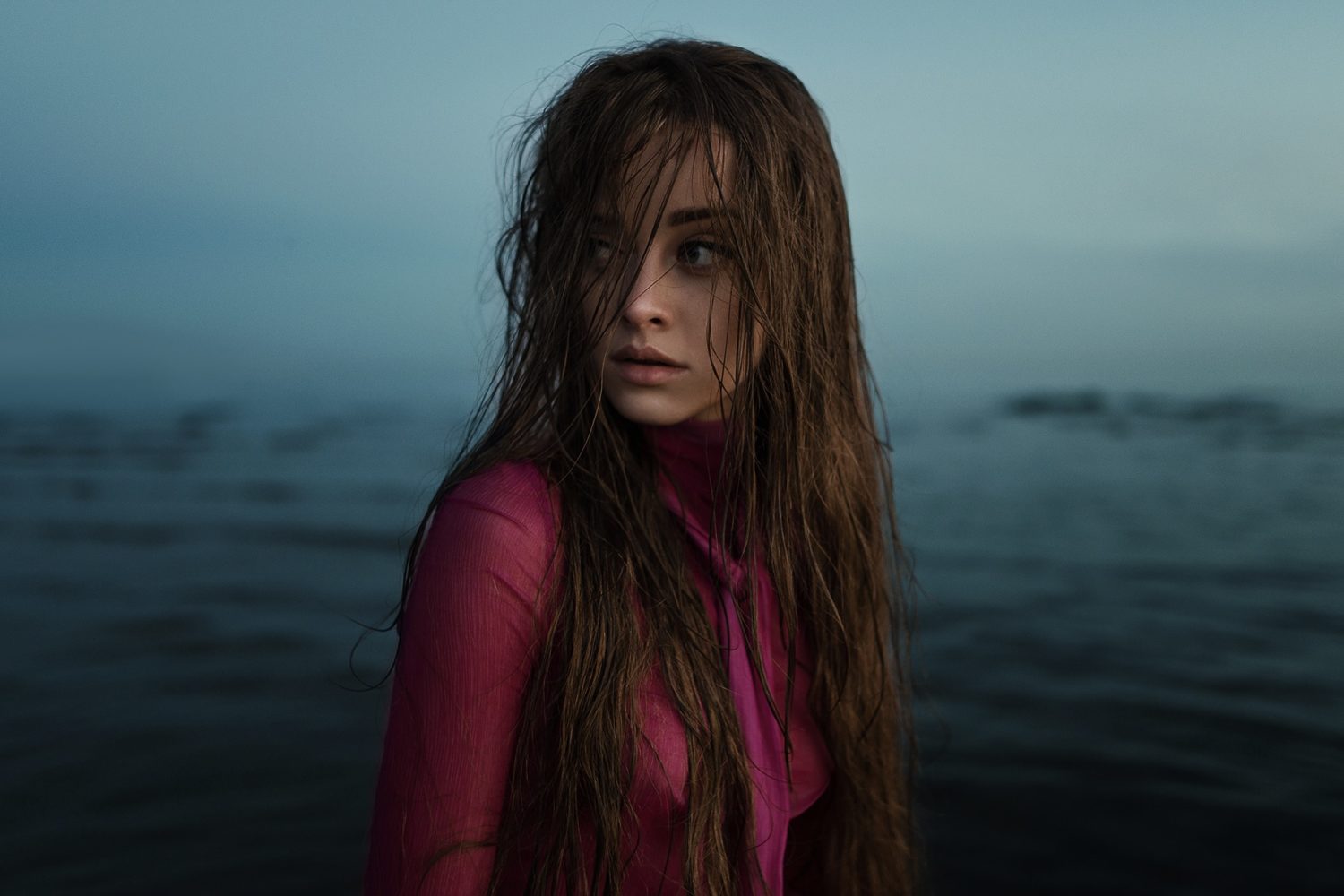
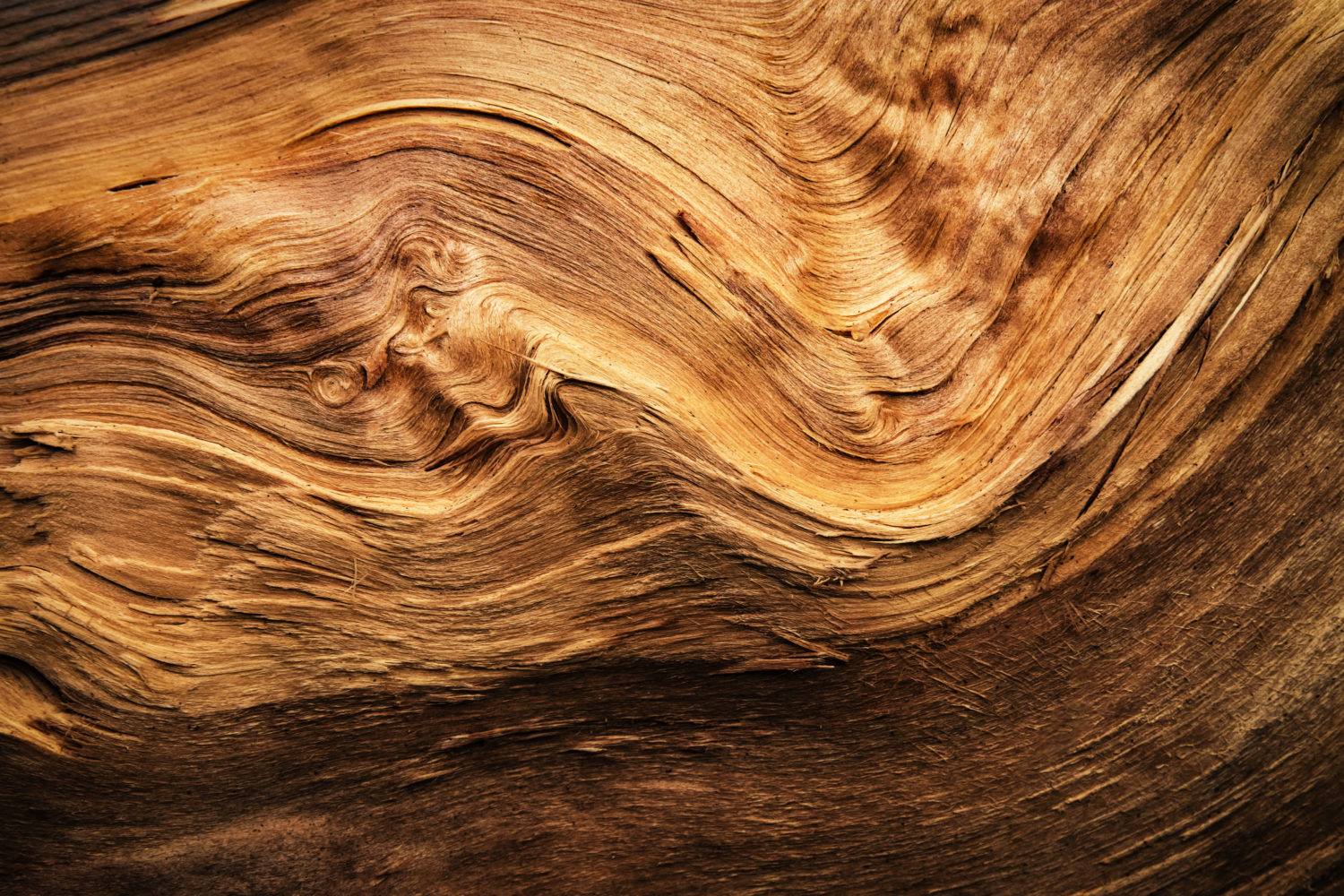


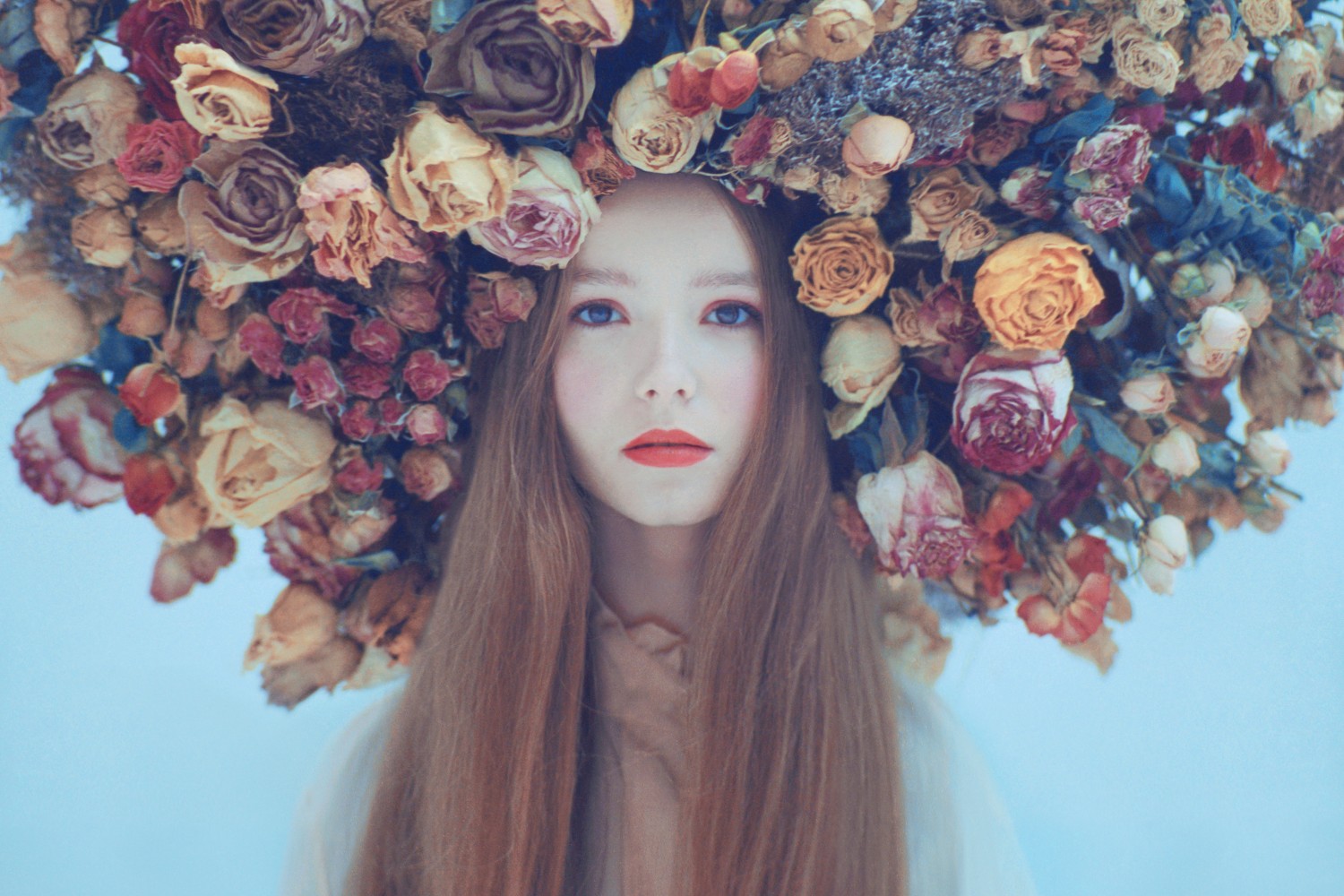
Leave a reply